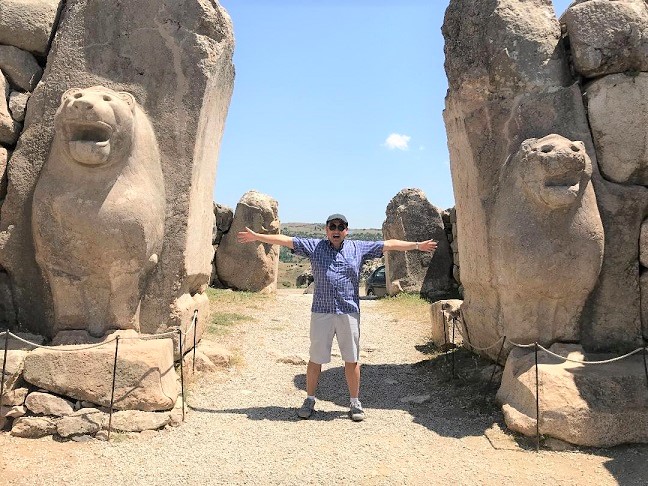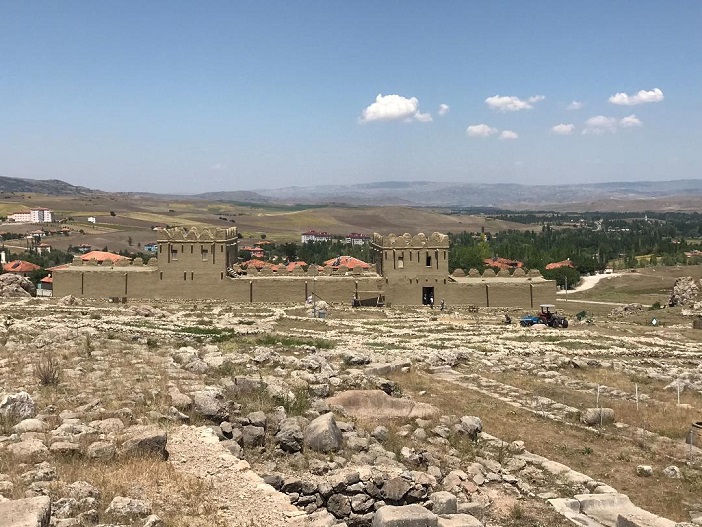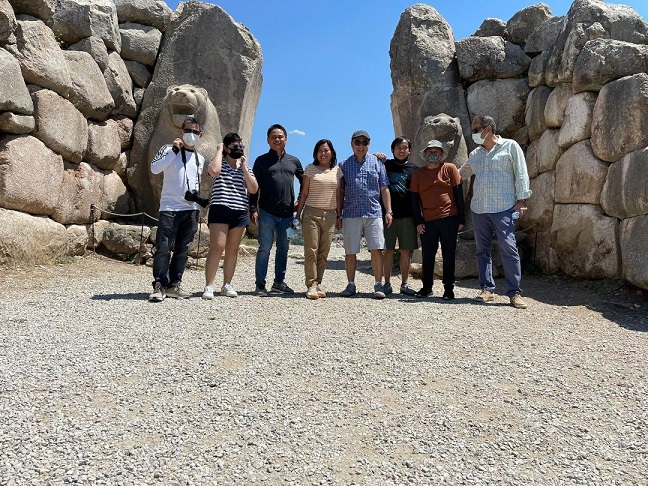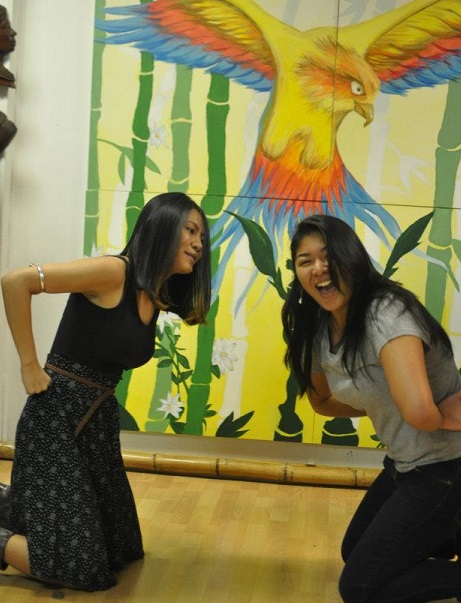Hattusa, Turkey: Ancient capital of the Hittite Empire

By Wendell Gaa
International traveling is still a pretty contentious matter nowadays for obvious reasons related to the ongoing global pandemic. But when the right time comes for you to visit exotic destinations, one historic site that I highly recommend is Hattusa, the ancient capital city of the Hittite Empire located at the very center of Turkey.
I had the recent opportunity to tour Hattusa together with a few of my colleagues at the Philippine Embassy in Ankara. Our group was spearheaded by our new Ambassador to Turkey Maria Elena ‘Mariel’ Algabre. From Ankara, we embarked on our two-hour road trip east to Hattusa aboard a shuttle along with our well-experienced Turkish tour guide Jalal.
Upon our arrival at Hattusa, which is a designated UNESCO World Heritage Site, Jalal had explained to us that we should not expect to see any ancient ruins on the same scale of classical Greco-Roman architecture. Just viewing the remaining ruins alone would spark our imagination to how truly advanced and influential the Hittite Empire was given its existence way back during the Bronze Age.
Jalal narrated to us how the Hittite people were indigenous to the region, and that the earliest remnants of their settlement in the Hattusa site date all the way back to before 2000 B.C. We first came upon Yazilikaya, the largest known Hittite rock sanctuary, where the main feature here is the roofless court-like chamber and a smaller chamber. It was here where we saw carved on the rocks, cuneiform figures of a group of ancient Hittite warriors wielding what appeared to be sickle-shaped swords. I could only imagine how fearsome these warriors must have been, comprising a particularly formidable fighting force.


From a fascinating historical perspective, we can be reminded that the Hittites are mentioned in the Old Testament in the Bible. For those of us who recall the story of King David, Uriah, a soldier whom David had sent to battle for his eventual death for the sole purpose of courting his beautiful wife Bathsheba, was a Hittite. And in the book of Kings, the Hittites are mentioned to be among the neighboring peoples of the Kingdom of Israel during the reign of David’s son Solomon.
Our group then proceeded to where the lower city and a huge temple complex was located. We saw the foundational remains upon which stood dwelling houses that were originally built with timber and mud bricks, but had obviously vanished with the passage of time. Jalal had further revealed to us that not all of the residents of Hattusa had actually lived within the protected confined quarters of the city, which was reserved mainly for the ruling and elite class. Many had lived in small villages situated outside of the city complex itself, thereby making them more vulnerable to outside invaders. I could only envision the contrast between the privileged and underprivileged back in an era where societal class separation was very much common. From a distance we could see some of the reconstructed city walls, which were designed based on models discovered during archaeological excavations. I could just picture Hittite warriors in those ancient times serving as sentry guards against invaders pacing back and forth atop these walls, which were only reconstructed back in the early 2000s.
We then checked out the Lion Gate, a monumental gate located southwest of the city’s fortifications. Here we saw the site’s two famous lion statues which had been carved from the huge stone blocks of both side of the entrance gate. The inscribed descriptions of the site revealed how the open mouth and staring eyes of these lions served a protective function, which was a typical trait in Hittite architecture.
At its height, Hattusa is said to have been home to approximately 40,000 to 50,000 people. The Hittite capital and kingdom were destroyed around 1200 B.C. just as the Bronze Age was coming to an end. Although the age of the Hittites was finished, their civilization and legacy to mankind and antiquity should never be forgotten.










